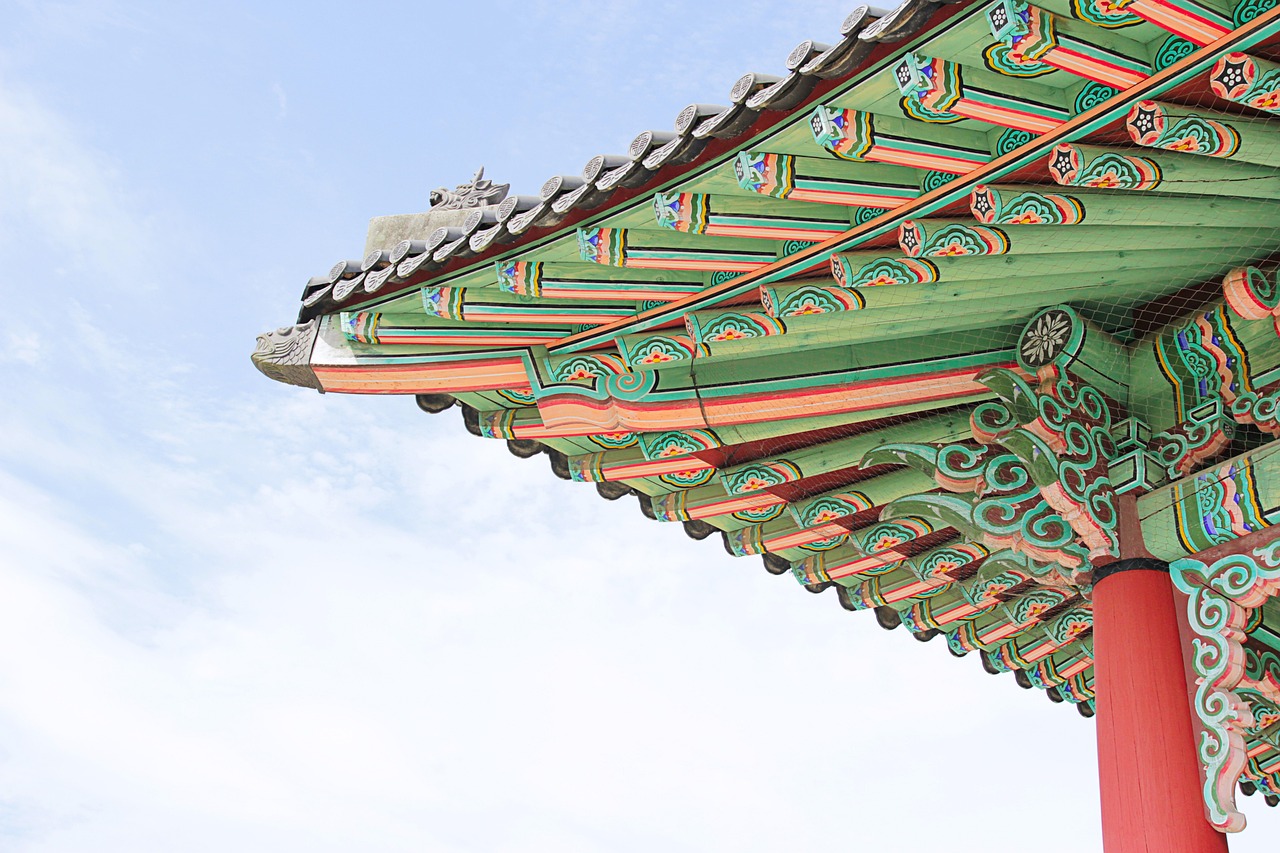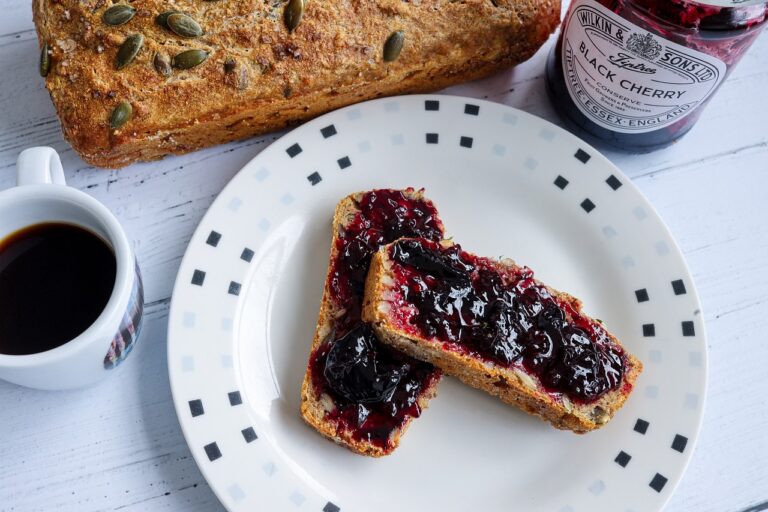Sustainable Gardening Practices for Greener Thumb Enthusiasts
Gardening is not just a hobby; it is a way of life for many people who want to live a more sustainable and eco-friendly lifestyle. Sustainable gardening practices focus on creating a self-sufficient ecosystem that minimizes waste, conserves resources, and promotes biodiversity. By adopting sustainable gardening practices, you can reduce your carbon footprint, protect the environment, and enjoy the beauty of a thriving garden. In this article, we will explore some of the best sustainable gardening practices that every greener thumb enthusiast should know.
1. Composting
Composting is a key component of sustainable gardening. By turning your kitchen scraps, yard waste, and other organic materials into nutrient-rich compost, you can create a natural fertilizer for your plants. Compost helps improve soil structure, retain moisture, and suppress diseases, reducing the need for synthetic fertilizers and pesticides.
2. Water Conservation
Water is a precious resource, and conserving it is essential for sustainable gardening. Implementing water-saving techniques such as mulching, drip irrigation, and rainwater harvesting can help reduce water usage in your garden. Collecting rainwater in a barrel and using it to water your plants is a simple yet effective way to conserve water and lower your water bill.
3. Use Native Plants
Native plants are well-adapted to the local climate and soil conditions, making them a low-maintenance and eco-friendly choice for your garden. By planting native species, you can support local wildlife, attract pollinators, and reduce the need for water, fertilizers, and pesticides. Native plants also help preserve biodiversity and promote a healthy ecosystem in your garden.
4. Integrated Pest Management
Integrated Pest Management (IPM) is a sustainable approach to controlling pests in your garden without resorting to harmful chemicals. By monitoring pest populations, promoting natural predators, and using physical barriers, you can prevent pest infestations and minimize damage to your plants. IPM focuses on long-term solutions that are environmentally friendly and safe for beneficial insects and wildlife.
5. Mulching
Mulching is an essential practice for maintaining soil health and conserving moisture in your garden. By adding a layer of organic mulch around your plants, you can suppress weeds, regulate soil temperature, and retain moisture, reducing the need for frequent watering. Mulch also improves soil structure, prevents erosion, and adds nutrients to the soil as it breaks down.
6. Crop Rotation
Crop rotation is a sustainable farming practice that can also be applied to home gardens. By rotating your crops each season, you can prevent soil-borne diseases, improve soil fertility, and reduce the build-up of pests and weeds. Crop rotation helps maintain a healthy balance in your garden, ensuring that your plants thrive and produce a bountiful harvest.
FAQs
Q: What are the benefits of sustainable gardening?
A: Sustainable gardening promotes environmental stewardship, conserves resources, and supports biodiversity. It reduces your carbon footprint, enhances soil health, and creates a self-sustaining ecosystem in your garden.
Q: How can I start composting in my garden?
A: To start composting, collect kitchen scraps, yard waste, and other organic materials in a compost bin or pile. Turn the compost regularly, keep it moist, and let it decompose over time. Use the finished compost as a natural fertilizer for your plants.
Q: What are some water-saving techniques I can use in my garden?
A: Some water-saving techniques include mulching, drip irrigation, rainwater harvesting, and using drought-tolerant plants. Mulch helps retain moisture in the soil, drip irrigation delivers water directly to the roots of plants, and rainwater harvesting collects rainwater for irrigation.
Q: How can I attract beneficial insects to my garden?
A: To attract beneficial insects such as pollinators and predators, plant a diverse selection of flowers, herbs, and native plants. Avoid using pesticides, provide shelter and nesting sites, and create a habitat that supports a variety of beneficial insects.
Q: What is the importance of using native plants in sustainable gardening?
A: Native plants are well-adapted to the local climate and soil conditions, making them a low-maintenance and sustainable choice for your garden. Native plants support local wildlife, attract pollinators, and help preserve biodiversity in your garden.
Q: How can I implement integrated pest management in my garden?
A: To implement integrated pest management, monitor pest populations, use natural predators, and practice cultural control methods. Avoid using chemical pesticides that can harm beneficial insects and wildlife, and focus on long-term solutions that promote a healthy garden ecosystem.
By incorporating these sustainable gardening practices into your routine, you can create a greener, healthier, and more vibrant garden that benefits both the environment and your well-being. Whether you are a seasoned gardener or just starting out, embracing sustainability in your garden can make a positive impact on the planet and inspire others to follow your lead.







